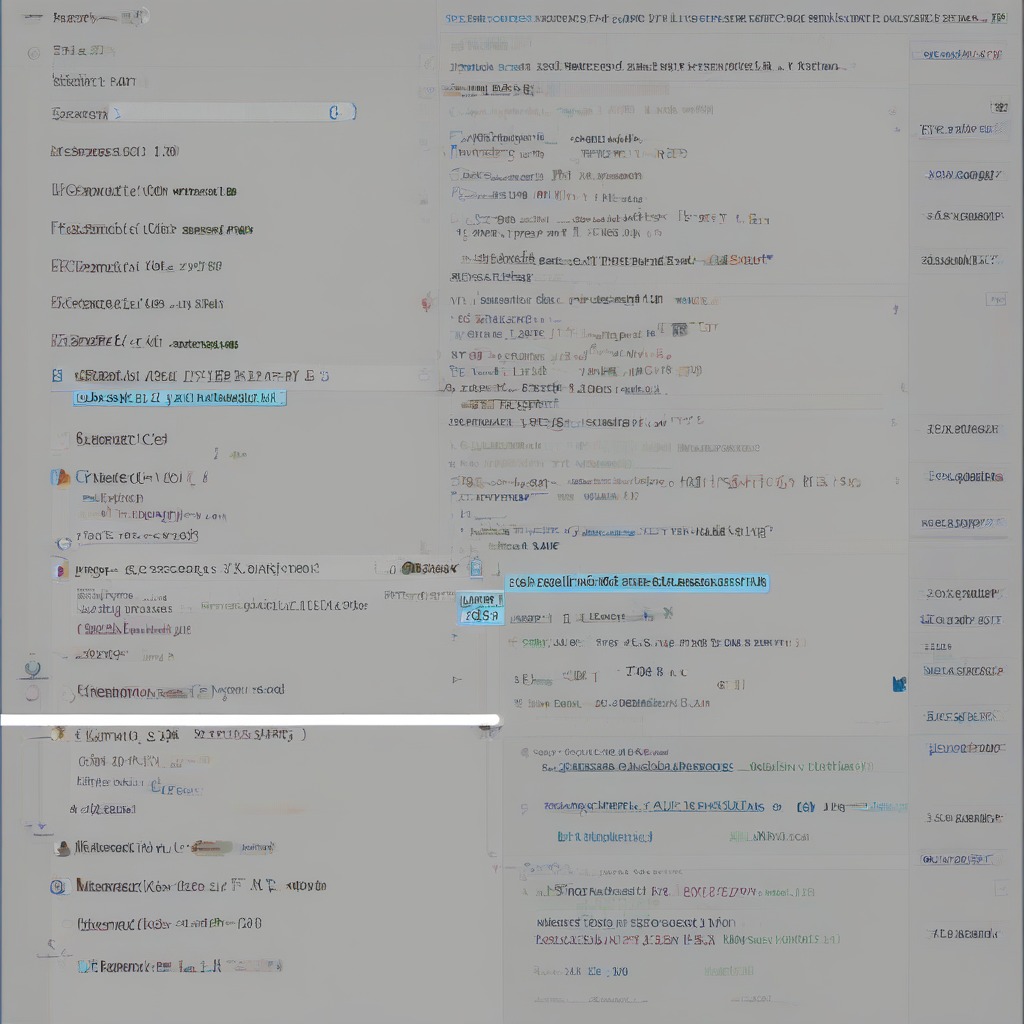Financing for Home Improvement: A Comprehensive Guide
Home improvement projects can significantly enhance your living space, increase your home’s value, and improve your quality of life. However, these projects often come with a hefty price tag, and many homeowners find themselves needing financial assistance to make their dreams a reality. Fortunately, there are numerous financing options available to help you fund your home improvement projects. This comprehensive guide will explore the various financing methods, their pros and cons, and essential factors to consider when choosing the best option for your needs.
Types of Home Improvement Loans
Home improvement loans are specifically designed to cover the costs of renovating, upgrading, or adding to your home. They come in different forms, each with its own features and requirements. Here’s a breakdown of the most common types:
-
Home Equity Loans (HELOCs)
HELOCs are secured loans that use your home’s equity as collateral. You can borrow up to a certain percentage of your home’s value, minus any outstanding mortgage balance. HELOCs typically offer lower interest rates than unsecured loans due to the lower risk associated with secured loans.
- Lower interest rates than unsecured loans
- Flexible repayment terms
- Can be used for a variety of home improvement projects
Pros
- Requires a substantial amount of equity in your home
- Risk of foreclosure if you default on payments
Cons
-
Home Equity Loans (HE Loans)
HE loans are similar to HELOCs, but you receive a lump sum payment instead of a line of credit. They are also secured loans, using your home’s equity as collateral. These loans typically have fixed interest rates and fixed monthly payments.
- Fixed interest rate and monthly payments
- Lower interest rates than unsecured loans
- Can be used for a variety of home improvement projects
Pros
- Requires a substantial amount of equity in your home
- Risk of foreclosure if you default on payments
- Less flexible than HELOCs
Cons
-
Personal Loans
Personal loans are unsecured loans that are not tied to any specific asset, like your home. They can be used for various purposes, including home improvement. Personal loans often have higher interest rates than secured loans, but they can be a good option if you don’t have enough equity in your home or prefer not to use your home as collateral.
- No need for home equity
- Quick and easy approval process
- Flexible repayment terms
Pros
- Higher interest rates than secured loans
- Can have origination fees
Cons
-
Credit Cards
Credit cards can be a convenient option for smaller home improvement projects, offering immediate access to funds. However, it’s important to use credit cards responsibly and pay off the balance promptly to avoid high interest charges.
- Immediate access to funds
- Rewards programs and cashback offers
Pros
- High interest rates
- Risk of overspending and accumulating debt
Cons
-
Cash-Out Refinance
A cash-out refinance allows you to refinance your existing mortgage and receive a lump sum payment. You can use this cash for home improvement projects, but it comes with the risk of increasing your mortgage balance and monthly payments. Additionally, closing costs can be significant.
- Can potentially lower your monthly payments
- Can provide a large sum of money for home improvements
Pros
- Increases your mortgage balance and monthly payments
- High closing costs
- May not be suitable for all borrowers
Cons
Choosing the Right Financing Option
Selecting the best financing option for your home improvement project depends on various factors, including:
-
Your Credit Score
Your credit score plays a crucial role in determining your interest rate and loan approval. Lenders typically offer lower interest rates to borrowers with excellent credit scores.
-
Amount of Equity in Your Home
If you’re considering secured loans like HELOCs or HE loans, the amount of equity in your home determines how much you can borrow.
-
Project Cost
The cost of your home improvement project will influence the type and amount of financing you need.
-
Repayment Terms
Consider your financial situation and choose repayment terms that fit your budget and financial goals.
-
Interest Rates and Fees
Compare interest rates and fees from different lenders to find the most competitive option. Be aware of origination fees, closing costs, and other associated expenses.
Tips for Securing Home Improvement Financing
-
Shop Around for the Best Rates
Don’t settle for the first offer you receive. Compare interest rates and fees from multiple lenders to find the most competitive deal.
-
Improve Your Credit Score
A higher credit score can qualify you for lower interest rates and better loan terms. Take steps to improve your credit score before applying for financing.
-
Get Pre-Approved for a Loan
Getting pre-approved for a loan gives you a better idea of your borrowing power and allows you to negotiate with contractors more effectively.
-
Consider Your Budget
Factor in the monthly payments and interest charges when budgeting for your home improvement project.
-
Read the Fine Print
Thoroughly review the loan agreement before signing to understand the terms, conditions, and any associated fees.
Conclusion
Financing home improvements can be a significant step towards enhancing your living space, increasing your home’s value, and improving your quality of life. By understanding the various financing options, carefully considering your needs, and following these tips, you can secure the right financing solution to make your home improvement dreams a reality.





